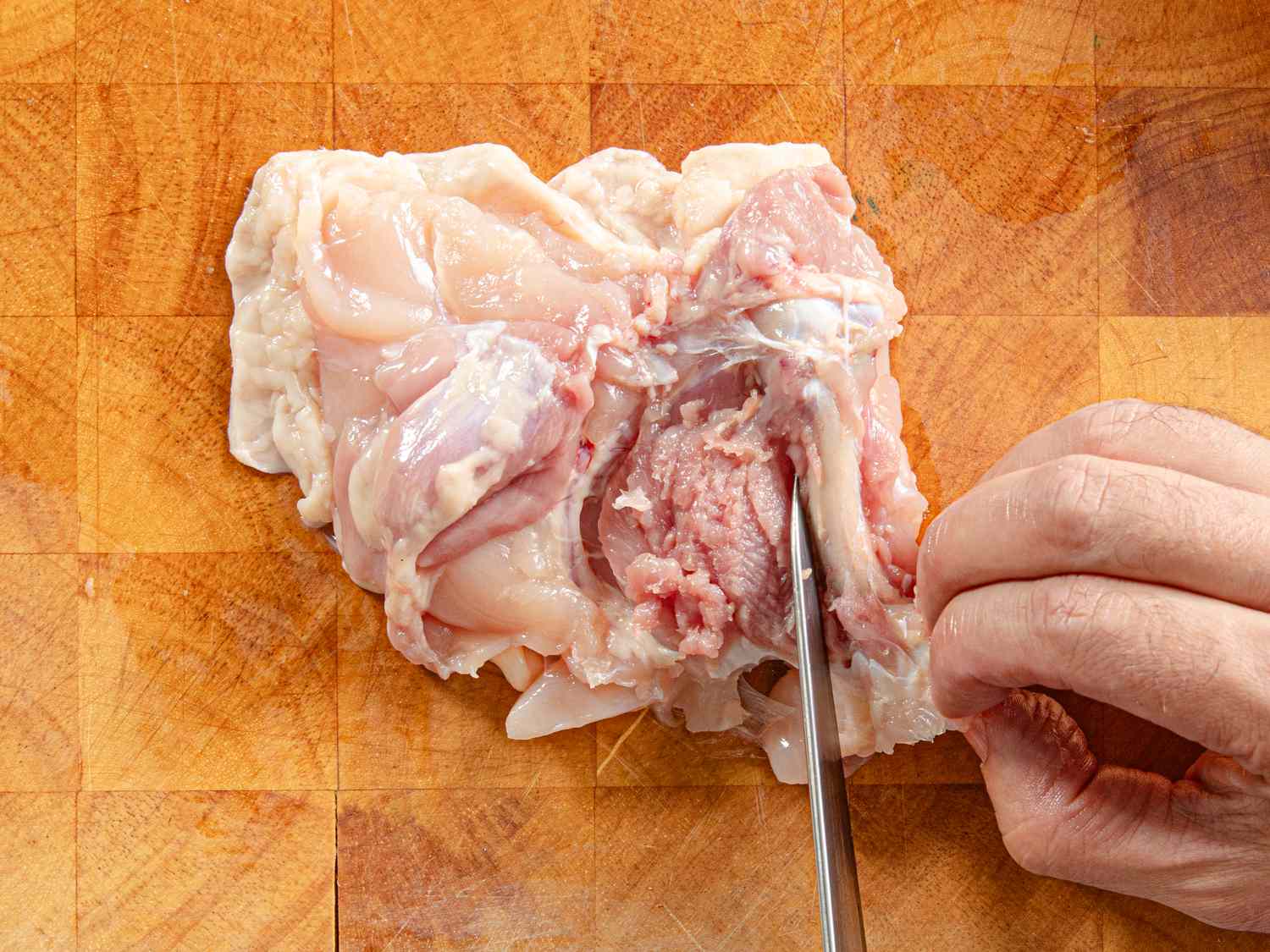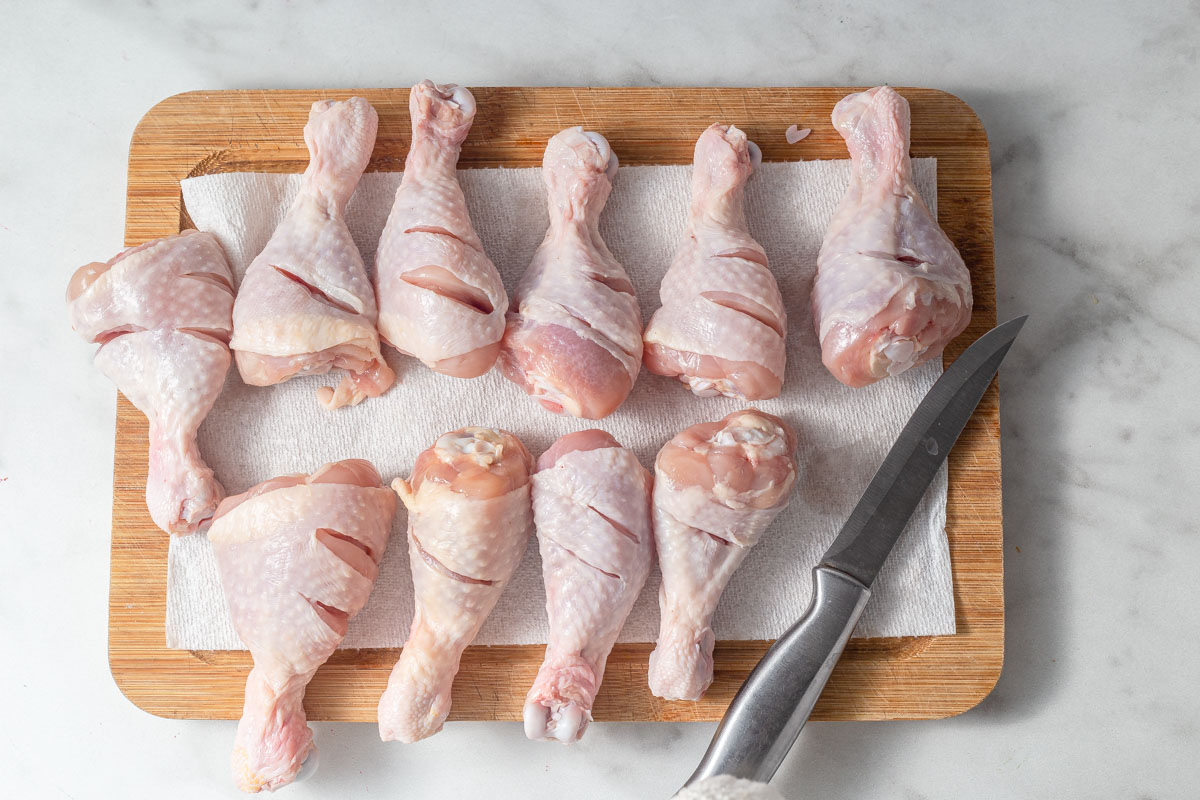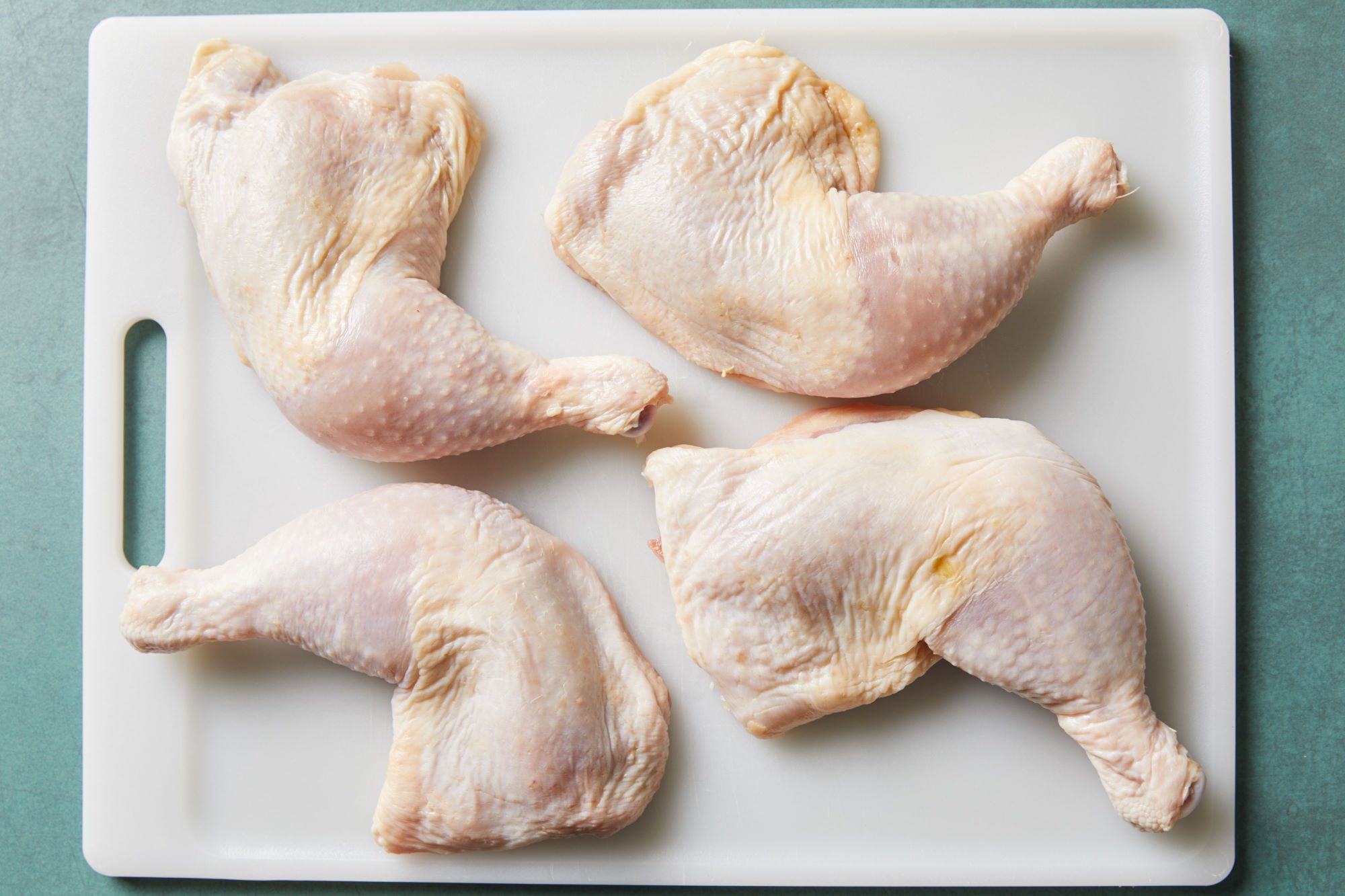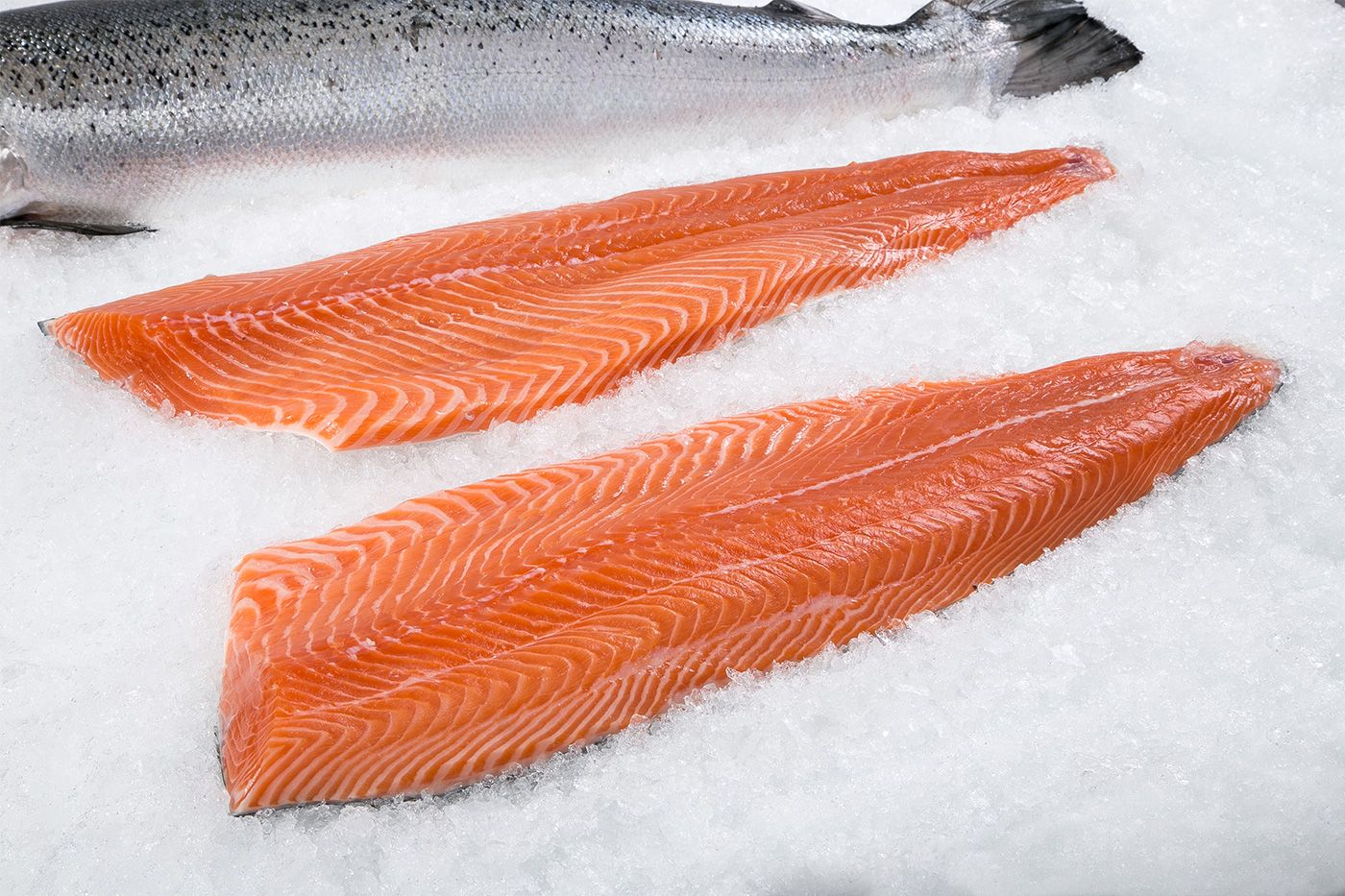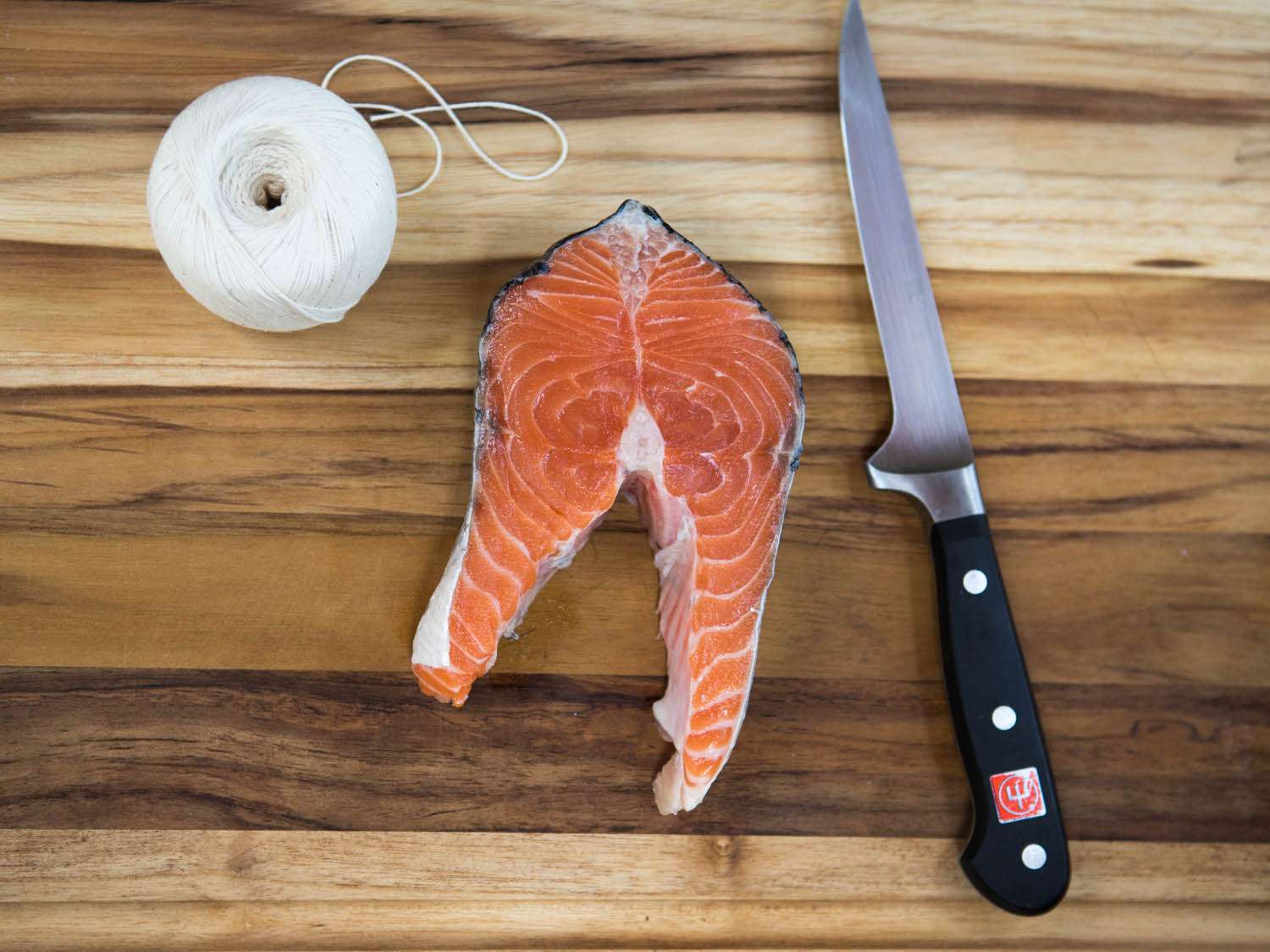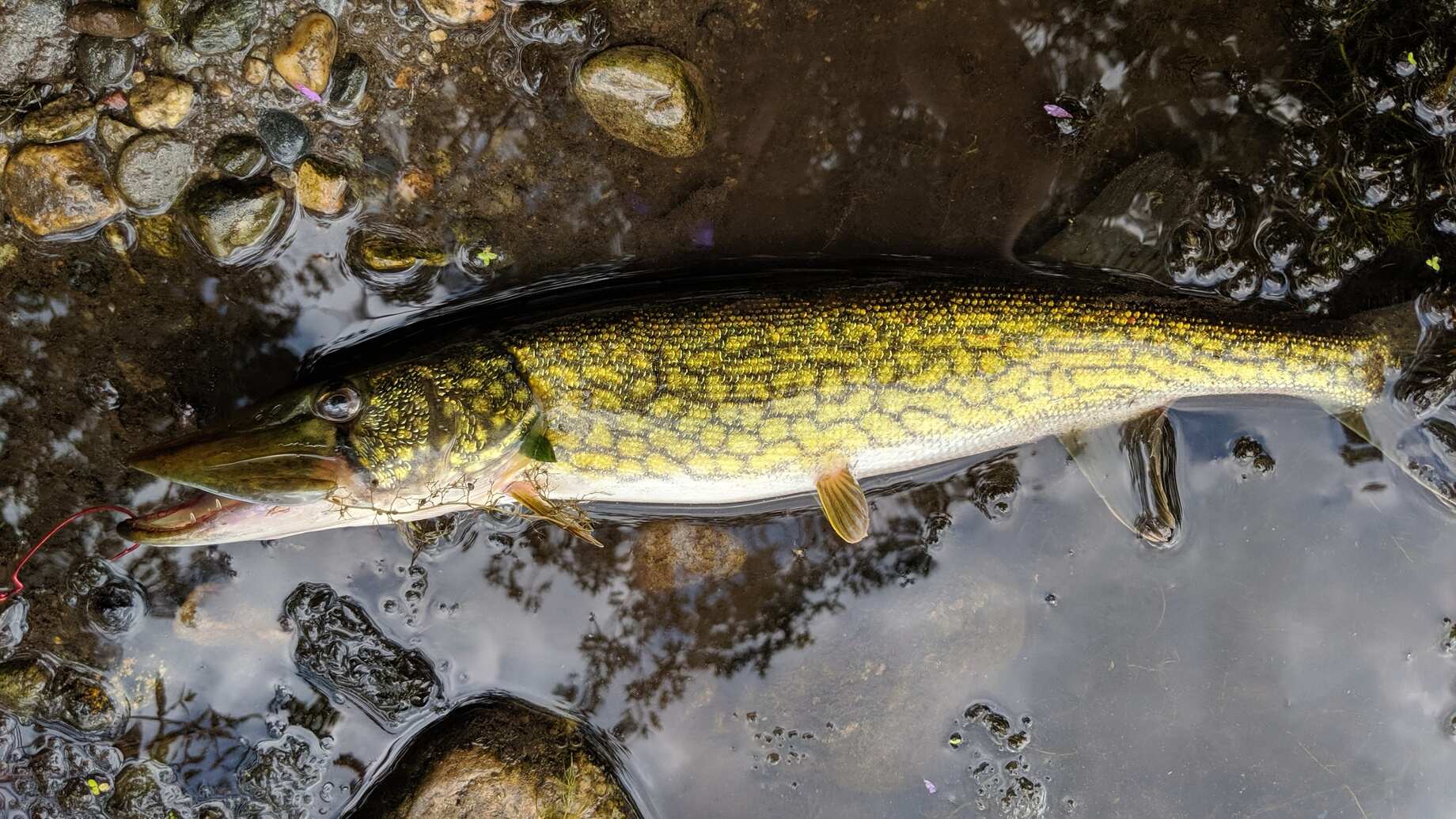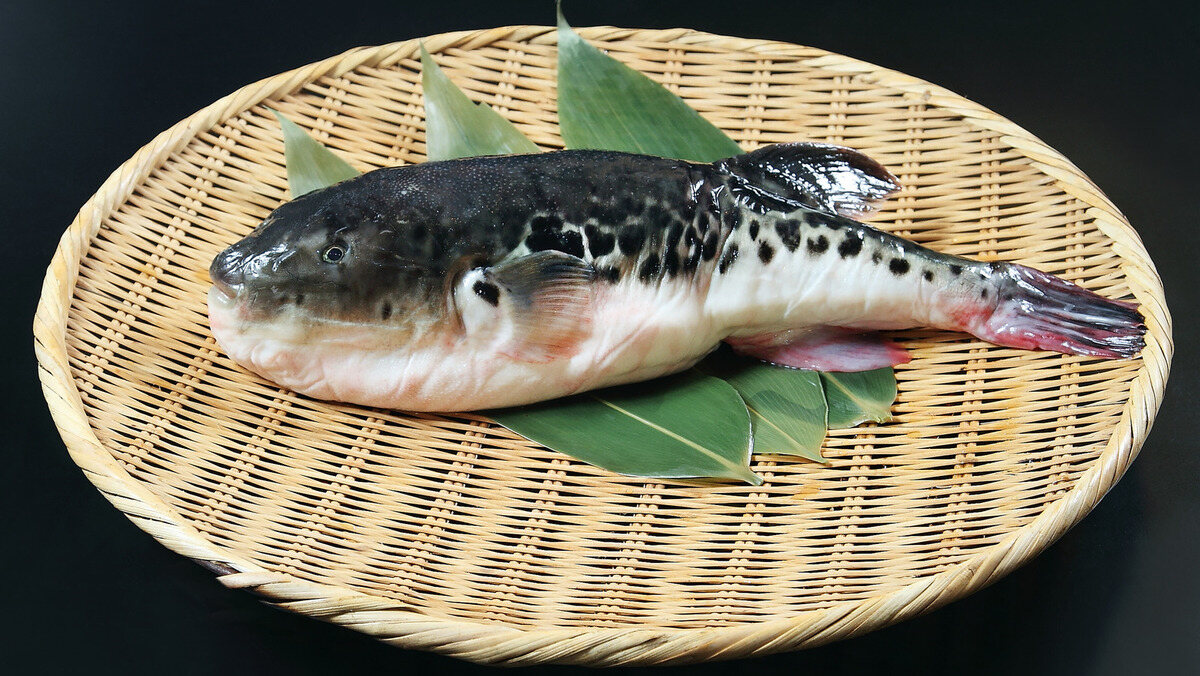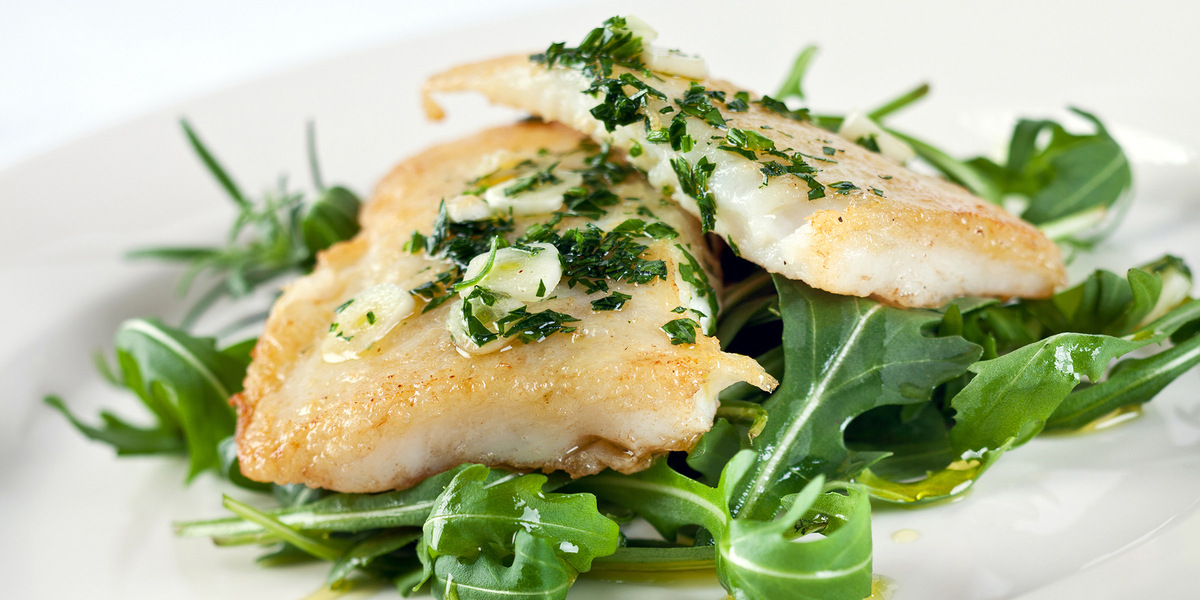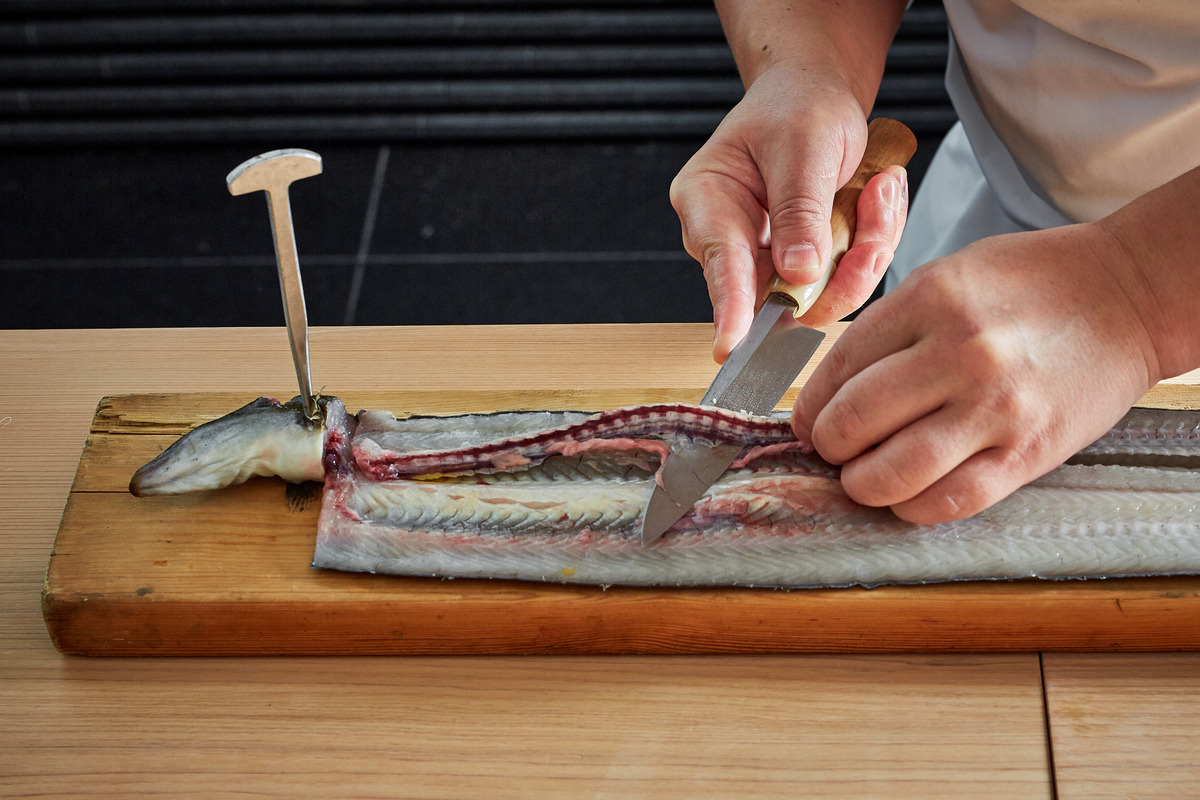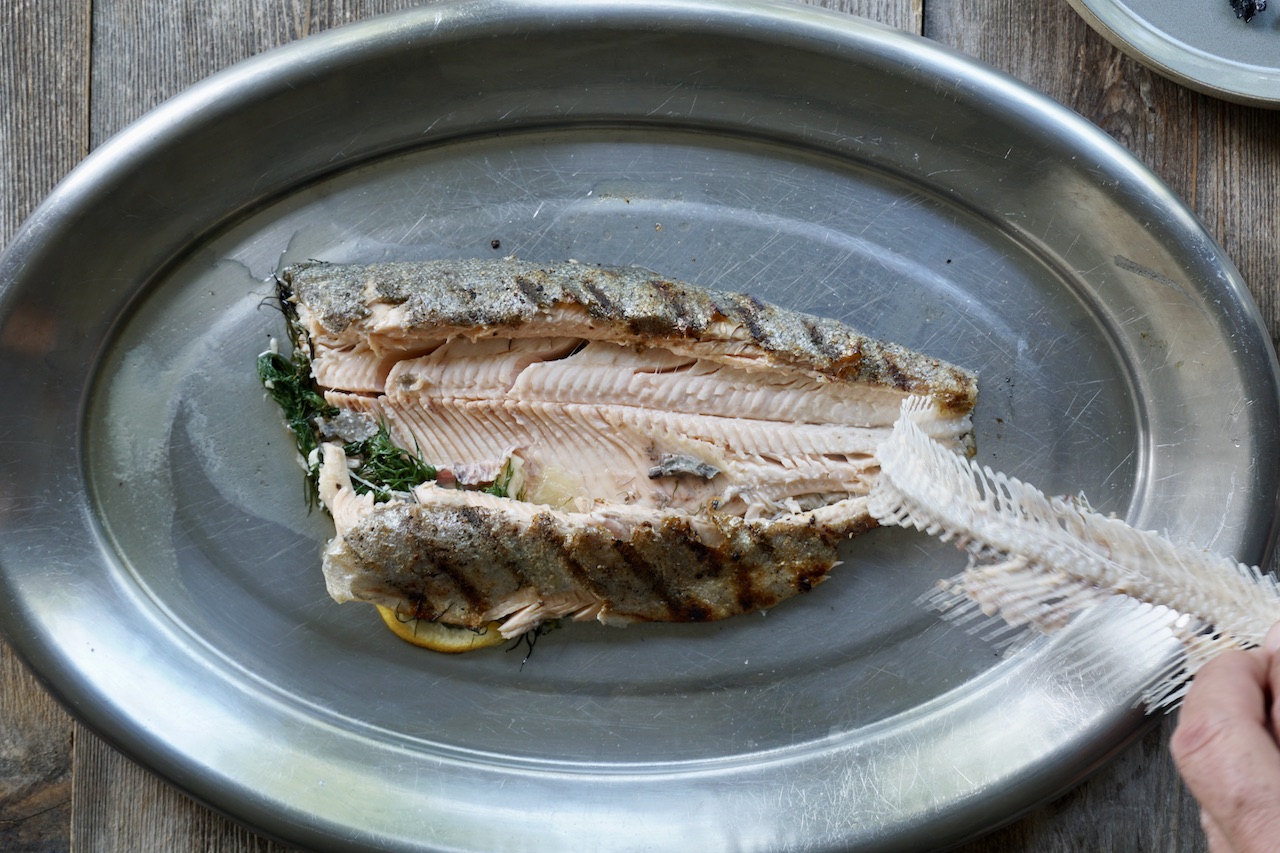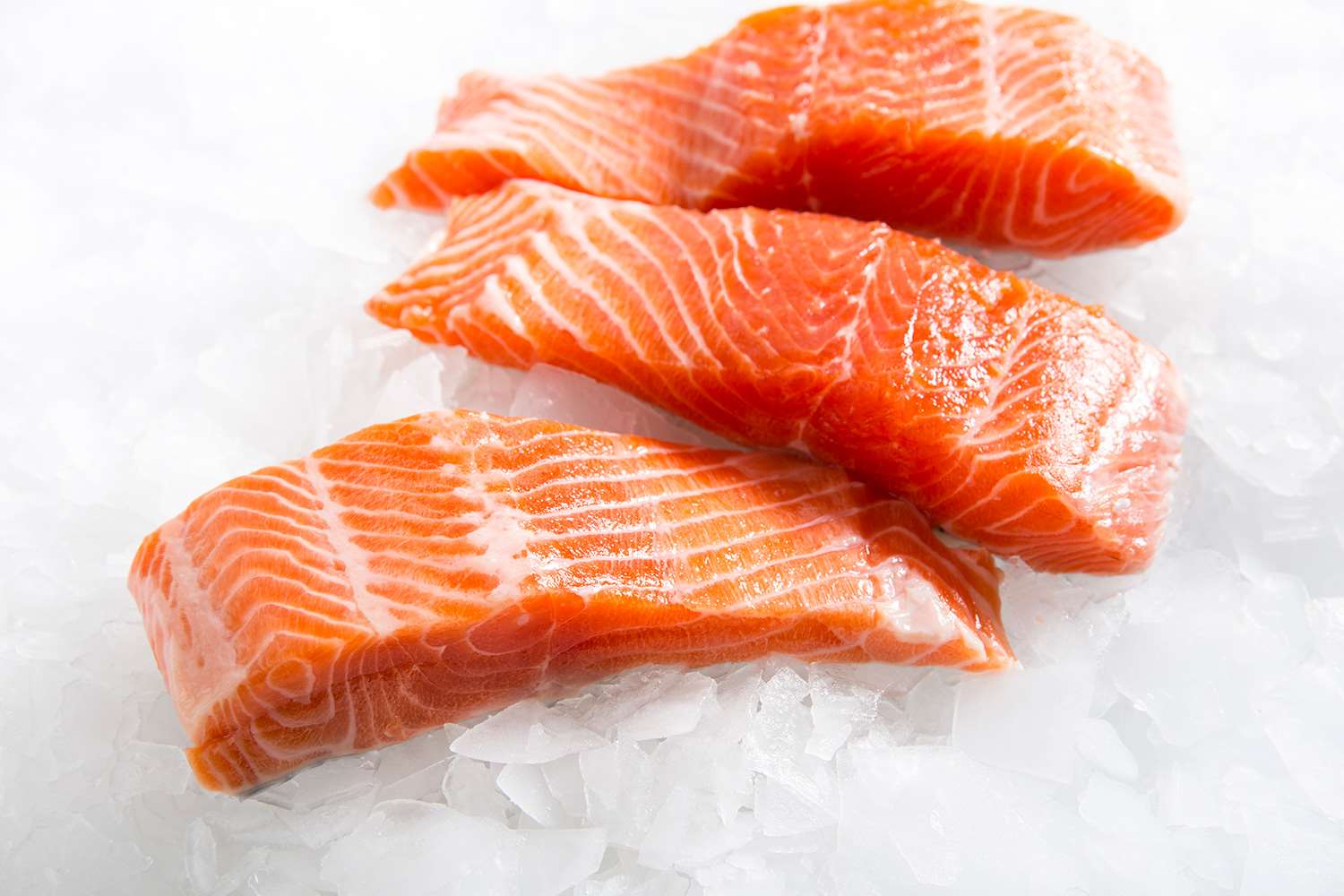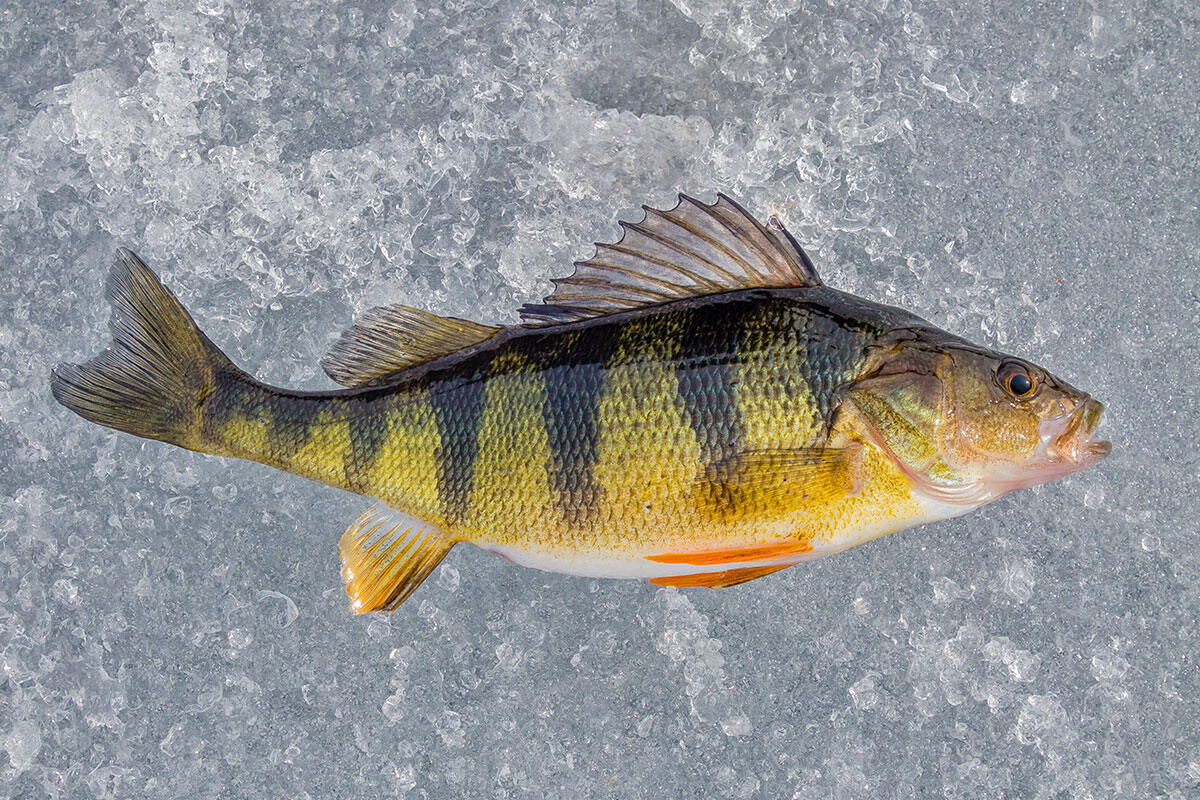Learning How to Fillet a Chicken Drumstick
Chicken drumsticks are a popular and delicious cut of meat that can be used in a variety of recipes. Learning how to fillet a chicken drumstick can be a useful skill for any home cook. Whether you want to remove the bone for a boneless dish or simply want to learn a new culinary technique, filleting a chicken drumstick is a straightforward process that anyone can master with a little practice.
Tools You’ll Need
Before you begin, gather the following tools:
- Sharp chef’s knife
- Cutting board
- Paper towels
Step-by-Step Instructions
Follow these simple steps to fillet a chicken drumstick:
- Prepare the Drumstick: Start by patting the chicken drumstick dry with paper towels to remove any excess moisture. This will make it easier to handle and cut.
- Cut the Tendon: Locate the tendon on the narrow end of the drumstick. Make a small incision through the skin and tendon to expose the bone.
- Cut Around the Bone: Use the chef’s knife to carefully cut around the bone, separating the meat from the bone in a circular motion. Take your time and use a gentle sawing motion to avoid cutting yourself.
- Remove the Bone: Once you have cut around the entire bone, grasp the end of the bone and gently pull it out of the meat. Discard the bone or save it for making chicken stock.
- Trim any Excess Fat: Use the knife to trim any excess fat or skin from the filleted drumstick, if desired.
Tips for Success
Here are a few tips to keep in mind as you fillet chicken drumsticks:
- Use a Sharp Knife: A sharp knife will make the process much easier and safer. Dull knives can slip and cause accidents.
- Practice Proper Knife Skills: If you’re new to using a chef’s knife, take some time to practice proper cutting techniques before attempting to fillet a chicken drumstick.
- Take Your Time: Filleting a chicken drumstick may take some practice to perfect. Don’t rush, and be patient as you work through the process.
- Save the Bones: Save the bones from the filleted drumsticks to make homemade chicken stock. Simply freeze them until you’re ready to use them.
Enjoy Your Filleted Drumsticks
Once you’ve mastered the art of filleting chicken drumsticks, you’ll have a versatile ingredient that can be used in a wide range of dishes. Whether you’re grilling, baking, or frying, boneless chicken drumsticks can be a convenient and delicious addition to your meals. So, grab your chef’s knife and give it a try!
Remember, practice makes perfect, so don’t be discouraged if your first attempt isn’t flawless. With a little patience and persistence, you’ll soon be filleting chicken drumsticks like a pro.
Explore Delicious Recipes Using Your Perfectly Filleted Drumsticks
Now that you've mastered how to fillet a chicken drumstick, the door is open to a variety of mouth-watering recipes that utilize this skill. For starters, the crispy baked chicken drumsticks offer a classic yet irresistible taste, perfect for those new to kitchen adventures. If you're aiming for something with a bit of a kick, the spicy drumstick stir fry could be your next favorite. And for those who enjoy experimenting with global flavors, the moroccan drumstick tagine introduces rich spices and unique combinations that are sure to impress. Each recipe provides a fantastic way to practice and perfect your filleting technique while delivering delicious meals that will delight any palate.
